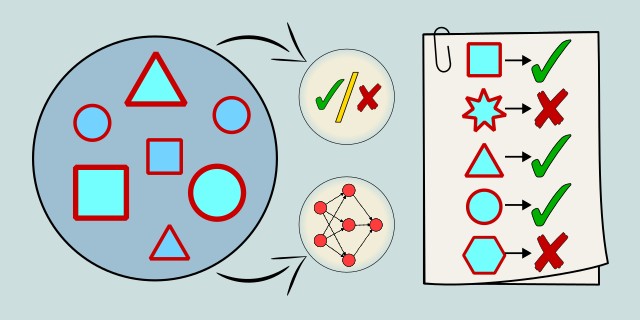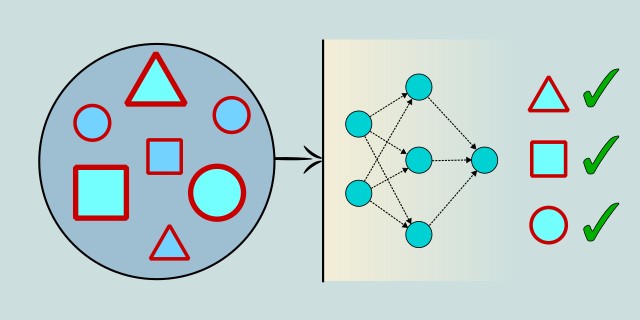Multi-Label Classification
Multi-label classification is a type of classification task where each instance can be assigned multiple labels simultaneously. This is different from single-label classification, where each instance is assigned only one label.

Which approach fits your multi-label problem better?
Do you want a model that learns all labels together or treat each label prediction separately?
Tips:
- If you want the model to learn interdependencies between labels and handle complex patterns, choose Neural Networks.
- If you prefer a simpler and modular approach where each label is treated as a separate binary classification problem, choose Binary Relevance.
Neural Networks

Neural Networks for multi-label classification extend traditional neural models to predict multiple labels for each instance simultaneously. They can capture complex relationships and dependencies between labels, making them effective for tasks where data points belong to several categories at once.
Multi-label neural networks often use sigmoid activation on the output layer to independently predict each label’s probability. Training requires large datasets and careful tuning to handle label correlations and avoid overfitting. These models excel in scenarios with overlapping categories and complex feature-label relationships.
Use Case Examples:
- Image Tagging: Assigning multiple tags like “beach”, “sunset”, and “people” to photos.
- Music Genre Classification: Categorizing songs into several genres simultaneously.
- Medical Diagnosis: Predicting multiple co-occurring diseases or conditions from patient data.
- Text Categorization: Labeling news articles with multiple topics or themes.
- Movie Recommendation: Predicting several genres a movie belongs to for personalized suggestions.
| Criterion | Recommendation |
|---|---|
| Dataset Size | 🔴 Large |
| Training Complexity | 🔴 High |
Binary Relevance

Binary Relevance is a straightforward approach to multi-label classification that treats each label as an independent binary classification problem. It trains a separate classifier for each label, ignoring any correlations between labels.
While simple and scalable, Binary Relevance assumes label independence, which can limit performance when labels are correlated. It is easy to implement and can use any binary classifier as a base learner. Despite its simplicity, it often serves as a strong baseline in multi-label tasks.
Use Case Examples:
- Text Categorization: Assigning multiple topic labels to documents independently.
- Email Tagging: Tagging emails with several labels like “work”, “urgent” or “personal”.
- Music Classification: Predicting multiple genres for songs without considering genre interactions.
- Image Annotation: Labeling images with multiple tags independently.
- Product Categorization: Assigning multiple product categories based on independent classifiers.
| Criterion | Recommendation |
|---|---|
| Dataset Size | 🟡 Medium |
| Training Complexity | 🟡 Medium |
Feedback & Sharing
Give us your thoughts on this page, or share it with others who may find it useful.
Feedback
Found this helpful? Let me know what you think or suggest improvements 👉 Contact me.